The Transformation of Play Spaces in Addis Ababa: A Tale of Urban Evolution
As the sun dipped below the horizon, casting a warm glow over the bustling streets of Addis Ababa, I couldn’t help but reflect on the metamorphosis this city has undergone. Growing up here, my childhood memories are etched with images of vast open fields where we played football until dusk. Back then, we didn’t carry smartphones; our parents simply needed to know which dusty patch of earth held our laughter and dreams.
Today, the landscape of Addis Ababa tells a different story. The open fields that once harbored the dreams of young footballers have vanished, giving way to the relentless march of urbanization. The city's soundscape is now dominated by the incessant hum of traffic and the cacophony of music from bars and restaurants. The once tranquil residential villas in my neighborhood have undergone a metamorphosis, with many of them repurposed into nightclubs, shops, churches, and schools. This transformation has brought with it a sense of disorder, a departure from the structured harmony that once prevailed.
The metamorphosis of these play spaces into a mosaic of residential, commercial and institutional establishments reflects the dynamic nature of urban growth and the shifting priorities of city planning. However, it also raises questions about the preservation of community spaces and the impact of such changes on the social fabric of neighborhoods.
As we delve into the next part of our exploration, we will seek out suggestions and strategies to address these challenges. How can Addis Ababa reclaim its communal spirit amidst the chaos? What measures can be taken to ensure that the echoes of children's laughter are not drowned out by the city's new rhythm?
Unplanned expansion and Sprawl

The idea that urban residents should live in private houses with gardens and own cars isn't just an Ethiopian belief; it's a surprising cultural norm found in many places. This leads to urban sprawl, the rapid expansion of the geographic extent of cities and towns, often characterized by low-density residential housing, single-use zoning, and increased reliance on the private automobile for transportation.
Ground-breaking research produced by a Global Commission and more than 200 experts shows that sprawl affects our transition to sustainable growth.
- Sprawl is expensive: Costs more to build and maintain infrastructure for spread-out communities compared to compact ones.
- Sprawl creates traffic and pollution: People travel further, leading to congestion and air pollution.
- Sprawl stifles innovation: Compact cities allow for easier interaction and idea exchange, boosting productivity (2-5% increase per resident with doubled population).
This fascinating study reveals a high prevalence of walking and cycling in Asian and African cities. While this might resemble the active lifestyles seen in well-planned cities like Berlin, it's important to recognize the different driving forces behind this trend, like poverty.

Principles to building better cities
Various experts share similar views on controlling sprawling and building sustainable, and beautiful cities. Peter Calthorpe presents principles that have been adopted by great cities and which can work anywhere in the world.
- Preserving natural ecologies, agrarian landscapes and cultural heritage sites
- Create mixed use, mixed income, and mixed age group neighborhoods.
- Design and build cities so that people can enjoy walking.
- Prioritize bicycle networks and auto free streets.
- Connect more places to increase road networks, so that people can use different routes to go to their destination.
- Invest in high quality, and affordable mass transport vehicles.
Meanwhile, Carlos Moreno shares the idea of a 15-minute city, a human-centered urban design that ensures all essential services are within a 15-minute walk or bike ride. He critiques the current city organization, advocating for a model that prioritizes ecology, proximity, solidarity, and citizen participation.
Including the poor in city planning
Poverty only changes affordability not aspirations. (Smruti Jukur Johar)
Most cities in Africa, South America and Asia have slums that are often labeled as illegal, and are demolished for redevelopment projects. Slum dwellers aren't criminals or burdens; they're everyday people trapped in poverty. They take on jobs essential to a city's function, from construction to childcare. Migration to cities isn't a choice, but a necessity for many seeking a better life.
In a powerful Ted talk, Smruti Jukur Johar argues that instead of viewing slums as problems to be bulldozed, she proposes a radical idea: empower slum dwellers to choose. A slum in Nairobi provides a powerful example. Residents there organized, mapped their community, and presented a plan to the government. The result? Recognition as a special planning area, allowing residents to develop their own solutions.
A Call to Action: Reclaiming the Playful Spirit of Addis Ababa
Addis Ababa's transformation is a microcosm of the rapid urbanization reshaping cities worldwide. While progress is undeniable, the loss of order presents a challenge to the city's social fabric.
The answer doesn't lie in yearning for the past, but in embracing innovative solutions for the present. Can we weave green spaces and play areas into the urban fabric, fostering a sense of community amidst the evolving landscape?
From innovative infrastructure projects to community-driven initiatives, our city is on the cusp of transformative change. As we navigate the challenges of congestion, pollution, and accessibility, let’s champion smart solutions that benefit all Ethiopians. Together, we can build a greener, more connected future for Addis Ababa.


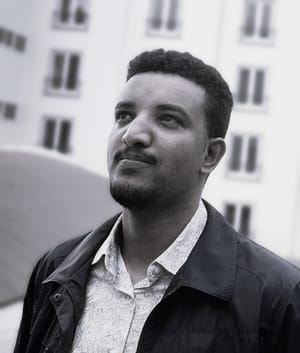

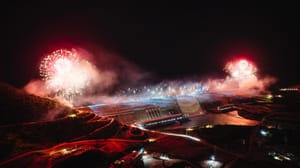
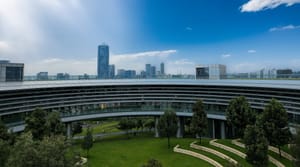
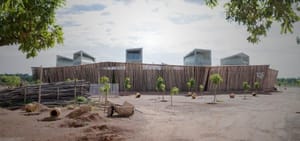
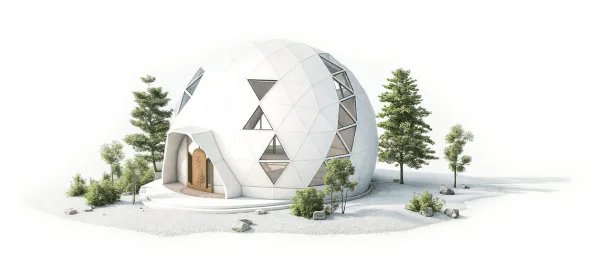

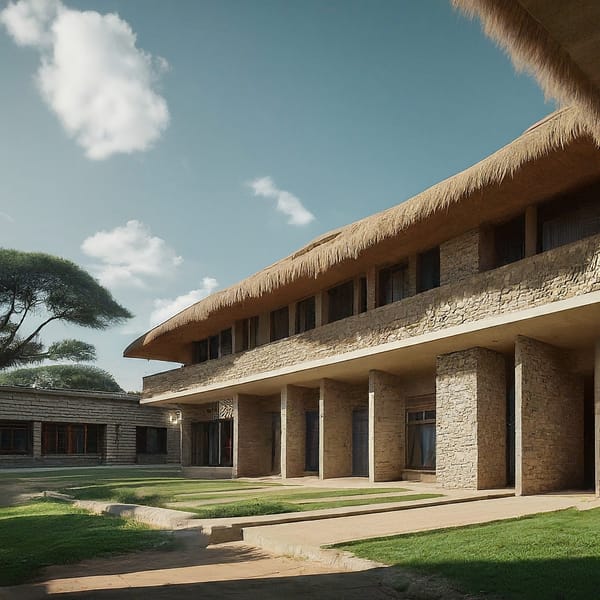


Member discussion